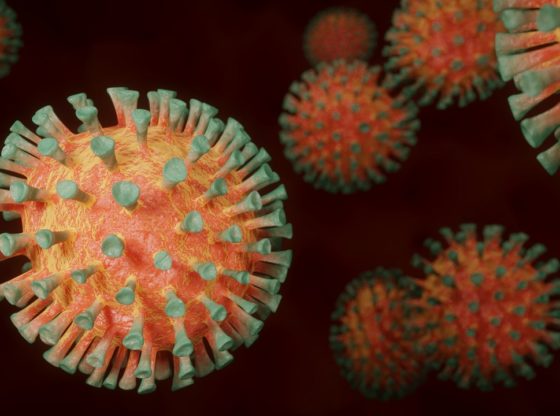Frogs defend themselves against infections with special substances in their skin. Researchers in the United States and India have now found a substance in a particular frog species that destroys influenza viruses.

This particular compound sticks to a protein used by the virus to penetrate into the body’s cells. Experiments in test tubes show that the substance neutralizes dozens of different influenza strains in circulation among humans, and are harmless to human blood cells.
The compound (skin peptide) named “urumin” is produced in the South Indian frog’s mucus – known to have germ-killing properties – had an interesting effect on the virus: it made them explode. The researchers aren’t sure how this mechanism works but hypothesize that urumin binds to hemagglutinin and exerts electrostatic forces on the surface of the particle that causes the whole shell to rupture.
More research is required to develop the substance into an effective and safe drug. At best, a medicine based on the substance can help stop outbreaks of new flu viruses, even before there is a vaccine, the researchers wrote in the journal Immunity.
Research highlights:
•The frog skin peptide Urumin is virucidal for H1 HA-bearing human influenza A viruses
•Urumin specifically targets the conserved stalk of H1 hemagglutinin
•Urumin is effective at neutralizing drug-resistant H1 influenza viruses
•Urumin protects naive mice from lethal influenza infection in vivo
Reference:
David J. Holthausen, Song Hee Lee, Vineeth TV Kumar, et al. An Amphibian Host Defense Peptide Is Virucidal for Human H1 Hemagglutinin-Bearing Influenza Viruses http://dx.doi.org/10.1016/j.immuni.2017.03.018











![OpenAI. (2025). ChatGPT [Large language model]. https://chatgpt.com](https://www.illustratedcuriosity.com/files/media/55136/b1b0b614-5b72-486c-901d-ff244549d67a-350x260.webp)
![OpenAI. (2025). ChatGPT [Large language model]. https://chatgpt.com](https://www.illustratedcuriosity.com/files/media/55124/79bc18fa-f616-4951-856f-cc724ad5d497-350x260.webp)
![OpenAI. (2025). ChatGPT [Large language model]. https://chatgpt.com](https://www.illustratedcuriosity.com/files/media/55099/2638a982-b4de-4913-8a1c-1479df352bf3-350x260.webp)








